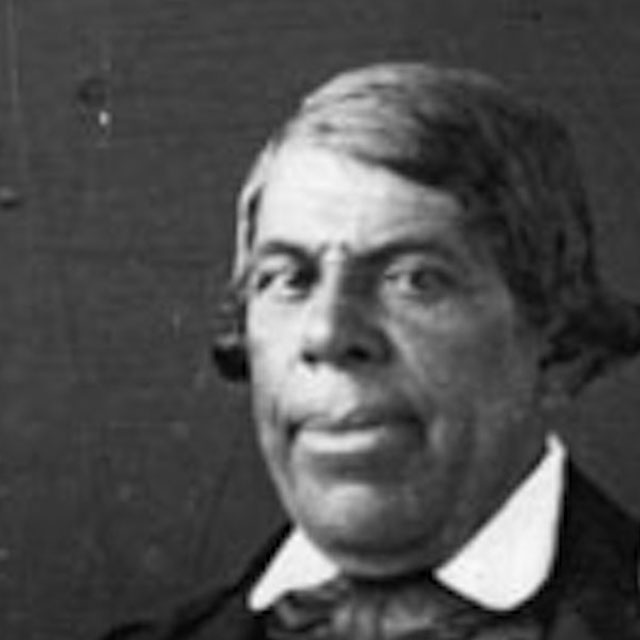Pio Pico, an African-Mexican, was the last governor of California under Mexican rule.
His name is everywhere. There is the city of Pico Rivera, Pico Park, Pico Canyon, and, of course, Pico Boulevard. The corner of Pico and Sepulveda in West Los Angeles even has its own music video:
OK, back to the governor, via KCET:
Pío Pico was the last governor of California under Mexican rule, serving from 1845-46, just before the U.S. military occupation. Today, the name Pico is a familiar place name. Driving or walking throughout Southern California one will encounter busy Pico Boulevard; the City of Pico Rivera; two Pío Pico elementary schools; the Pico-Union district near downtown L.A.; Pico Park; the Pío Pico Koreatown Library; the three-story Pico House building; natural landmarks such as Pico Canyon north of Los Angeles and Pico Creek near Oceanside; and Pío Pico State Historic Park in the City of Whittier, just to name a few. His name has been commercialized in several businesses from corner grocery stores, shopping malls and fast food restaurants. And yet, despite the veneration in the popular mind, much of what we know about Pío Pico remains clouded in myth. His significance as an historical figure, as well as his connection to the contemporary Latino and African-American communities, is worth remembering.
Pío de Jesus Pico was born on May 5, 1801, to José María Pico and María Eustaquia Gutierrez at Mission San Gabriel Archangel where his father served as corporal of the guard. His life spanned almost the entire 19th century under the flags of Spain, Mexico, and the United States, a century in which he played a major role in shaping. Pío’s grandparents, Santiago de la Cruz Pico, a mestizo and his wife, María Jacinta Bastida, a mulata and their seven children were the first Picos to settle in California. They were among the settlers from the northwest Mexican provinces of Sonora and Sinaloa who journeyed in 1776 with Captain Juan Bautista de Anza on a new land route from Sonora.
But what about the music and video?
“Pico and Sepulveda” is a 1947 song by Freddy Martin and his orchestra. Composed by Eddie Maxwell and Jule Styne (Ambassador Records, 1947—b/w “She of the Coffee Brown Eyes”), it features a Latin-style beat, and Martin used the alias “Felix Figueroa” when performing and recording the song. It was frequently played on the Dr. Demento radio show in the 1970s, serving as the show’s opening theme.
And the video?
It’s a scene from the movie Forbidden Zone.
Photo courtesy of the Seaver Center for Western History Research, Natural History Museum of Los Angeles County.

